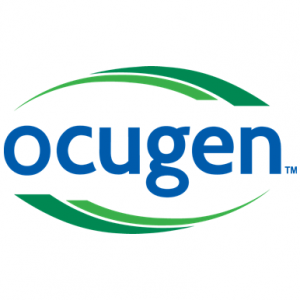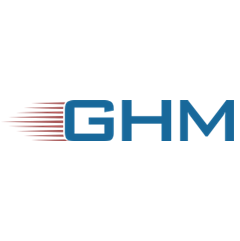Alphabet shares dropped more than 8% on Wednesday following comments from Apple’s senior vice president of services, Eddy Cue, who warned that artificial intelligence-powered tools could soon overtake traditional search engines like Google. Cue made the remarks during his testimony in a federal court in Washington, where the Department of Justice is pursuing an antitrust case against Alphabet.
According to reporting from Bloomberg, Cue said he expects that advanced AI services—such as those from OpenAI, Perplexity, and Anthropic—will eventually become key search tools and will likely be added as options in Apple’s Safari browser. The implication is clear: the long-standing dominance of Google in the search space may be approaching a turning point.
The market reaction was swift. Alphabet’s stock tumbled by 7.7%, shaving billions off its market cap, while Apple’s shares dipped by nearly 2%, signaling broader investor concern over the shifting dynamics of the search engine ecosystem.
Cue’s testimony comes at a critical moment. The Justice Department’s lawsuit centers on Google’s dominance in digital advertising and its long-running practice of paying companies—particularly Apple—billions of dollars annually to remain the default search engine on their platforms. In 2022 alone, Google is believed to have paid Apple as much as $20 billion for this privilege.
While the partnership has been lucrative for both tech giants, Cue’s comments suggest cracks are forming. He admitted he’s “lost sleep” over the possibility of Apple losing its massive revenue share from Google, yet he also acknowledged the surge in AI adoption is starting to impact user behavior. In fact, he revealed that search queries in Safari declined in April for the first time—something he attributes to users increasingly turning to generative AI platforms to answer questions and find information.
This trend could reshape the entire search business. If users shift from traditional keyword-based engines to conversational AI tools capable of synthesizing and contextualizing results, Google’s core advertising model—which relies heavily on search traffic—could face existential pressure.
The irony is that Apple, while currently a beneficiary of Google’s dominance through revenue sharing, is now signaling it may contribute to that dominance unraveling. By embracing AI competitors as viable alternatives to Google in Safari, Apple may be preparing for a future in which users prefer personalized, context-rich AI interactions over the standard search box.
The timing also adds pressure to Alphabet as it faces increased regulatory scrutiny and competition. Google has been investing in its own AI initiatives, such as Gemini, but the pace of user migration toward competitors could prove disruptive before Alphabet fully adjusts its strategy.
If Cue is right, and if Safari becomes an open platform for AI-powered search alternatives, the current Google-Apple alliance could evolve—or fracture entirely. The future of search may be less about who owns the default setting and more about who delivers the smartest, most helpful answers.

















